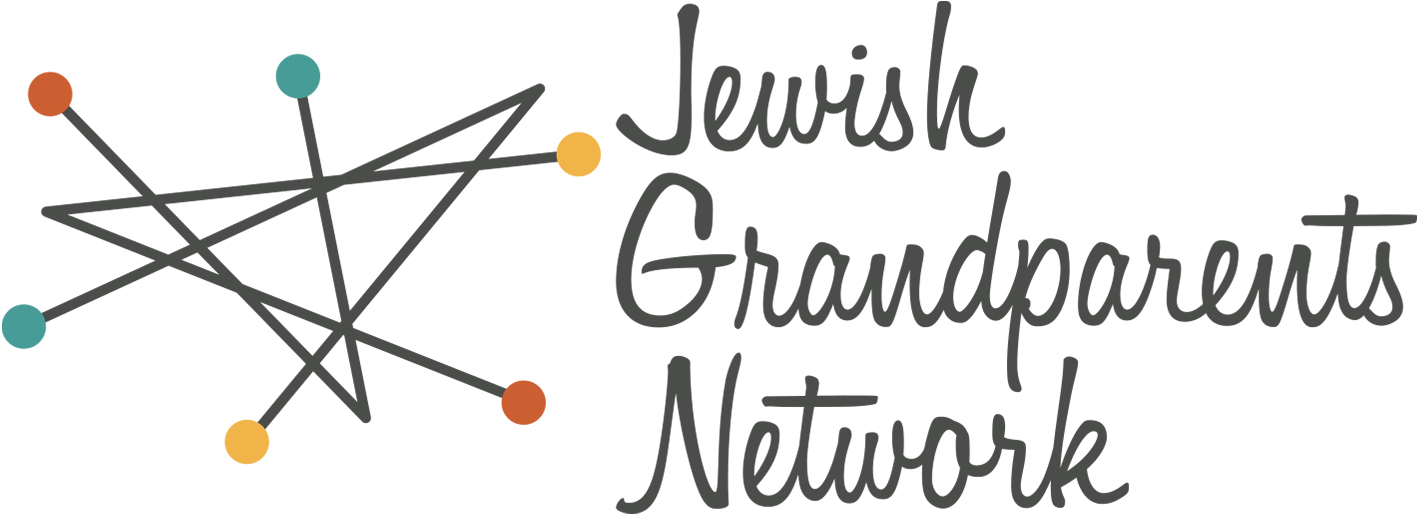
Aug 08 2021 Tashlich for Children: A Ritual that Welcomes Creativity
Just Add Water: Invite your grandchildren and family members to embrace and add their own creative touches to the Rosh Hashanah ritual of Tashlich
Because the Rosh Hashanah ritual of Tashlich came late to Judaism (it dates to the 13th century), it is among the most adaptable. As a lover of meaningful rituals, I embrace Tashlich for its universality; who of any faith can’t relate to a symbolic unburdening of the year’s missteps and regrets? A lighter and more fleeting gesture than the solemn, immersive Day of Atonement to come, the ritual is believed to derive from the words of the prophet Micah: “You will cast all their sins into the depth of the sea.” The tossing of breadcrumbs — or pebbles, or tree bark — into moving water is, like hunting for chametz with a flashlight in preparation for Passover, a ritual that invites the enthusiastic participation of children.
I live by the sea — it lives, it moves, it abounds with fish – every box checked for Tashlich. But even the earliest recorded practitioners of Tashlich improvised when necessary, casting their perceived sins into a nearby well or a stagnant pond. When I lived in Boston I had a favorite spot on a small footbridge over the Muddy River, but I would see a procession of the Chasidim of Brookline pause on a boardwalk over a protected wetland.
As in all acts of renewal, of shedding regrets, of mindful cleansing, it is the thought and the often-improvised gesture that count. Ask the grandkids: What are some things we do, intentionally or carelessly, that weigh on us and make us feel bad or sorry? What might they aim to do differently in the coming year? Older children might have compelling thoughts about the difference between asking God’s forgiveness and asking forgiveness of those we’ve wronged, and of ourselves.
For the ritual itself, what alternatives to a river or sea can the children find that signifies this cleansing flow of water? A blue scarf flapping in the wind? A shallow creek? A backyard pool? And beyond stones or wood slivers, what else might they use as substitutes for the traditional bread, which may not be good for wildlife? As in all things, how can we perform Tashlich with kindness toward ourselves, each other, and the earth?
As for the prayer, as an alternative or companion to the traditional Hebrew, I found one that feels like a good fit, both for me (love “here I am again”) and for the more innocent minds of the young. Go ahead and put it to a favorite tune if you like; we can repent without being somber and Rosh Hashanah is, first and foremost, an optimistic celebration of life, resilience, and potential miracles to come.
Here I am again ready to let go of my mistakes.
Help me to release myself from all the ways I’ve missed the mark
As I cast this bread upon the waters, lift my troubles off my shoulders.
Help me to know that last year is over, washed away like crumbs in the current.
Open my heart to blessing and gratitude.
Renew my soul as the dew renews the grasses. Amen.
-Rabbi Rachel Barenblat
For those planning Tashlich for tots, here are a few more ideas:
- Splish-Splash: Tashlich in the tub? Why not? Help the little ones write something on a piece of rice paper and watch it dissolve.
- Under the Sprinkler: For those in warm climates, combine Tashlich with a run under the lawn sprinkler. Maybe regrets can be embodied by dog biscuits and the family pet can join in by gobbling them up.
- Paddling for Penance: Pile into a canoe or rowboat for Tashlich in motion. Cast your sins in your wake.
Susan Seligson is an award-winning journalist who has written for many national and international publications. Among her published books are Going with the Grain (Simon & Schuster) and four children’s books published by Little, Brown. She is the proud, irrepressibly goofy step-grandmother of Sophia.



 We use technologies like cookies to remember your preferences. Consenting to these technologies will provide you with a better browsing experience. JGN never shares information about your use of our website.
We use technologies like cookies to remember your preferences. Consenting to these technologies will provide you with a better browsing experience. JGN never shares information about your use of our website.